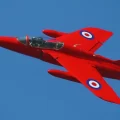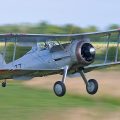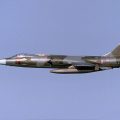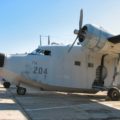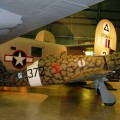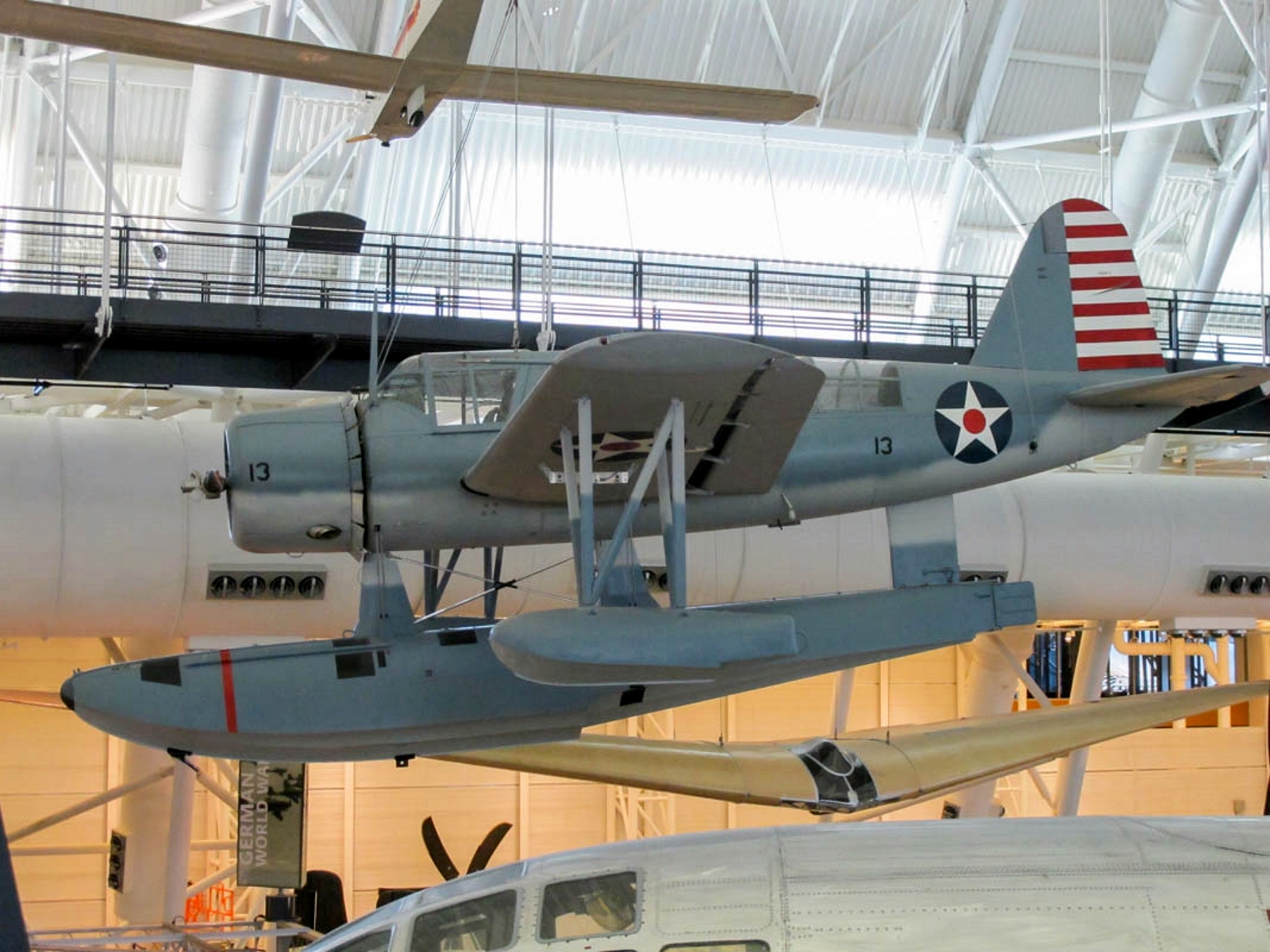
Vought OS2U Kingfisher | |
|---|---|
| Paese | Usa |
| Ruolo | Idrovolante di osservazione |
| Primo volo | 1938 |
| Costruito | 1519 |
Le Martin pescatore Vought OS2U was an American catapult-launched observation floatplane. It was a compact mid-wing monoplane, with a large central float and small stabilizing floats. Performance was modest, because of its light engine. The OS2U could also operate on fixed, wheeled, taildragger landing gear. The OS2U was the main shipboard observation aircraft used by the United States Navy during World War II, and 1,519 of the aircraft were built. It served on battleships and cruisers of the US Navy, with the United States Marine Corps in Marine Scouting Squadron Three (VMS-3), with the United States Coast Guard at coastal air stations, at sea with the Fleet Air Arm of the Royal Navy, and with the Soviet Navy. The Royal Australian Air Force also operated a few Kingfishers from shore bases.
| Vought OS2U-3 Kingfisher Walk Around | |
|---|---|
| Fotografo | Vladimir Jakubov |
| Localizzazione | National Air & Space Museum |
| Foto | 100 |
Kit correlati:
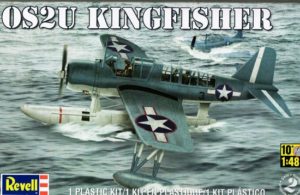
| Kingfisher Walk Around | |
|---|---|
| Fotografo | Jose Brito |
| Localizzazione | Inconsapevole |
| Foto | 17 |
Trova kit su eBay:
| Vought OS2U-3 Kingfisher Walk Around | |
|---|---|
| Fotografo | Unknow |
| Localizzazione | Inconsapevole |
| Foto | 18 |
Vedi anche:
Specifiche tecniche del Martin pescatore Vought OS2U
Il Vought OS2U Kingfisher era un idrovolante da osservazione statunitense che servì nella seconda guerra mondiale. Era lanciato con catapulta da navi da battaglia e incrociatori e poteva anche operare a terra con carrello fisso. Aveva un caratteristico design monoplano ad ala centrale con un grande galleggiante centrale e piccoli galleggianti stabilizzatori. Era inoltre dotato di flap a piastre deflettori e alettoni pendenti per aumentare la portanza e ridurre la velocità di atterraggio.
Alcune delle specifiche tecniche del Martin pescatore OS2U, basate su varie fonti.
| Specificazione | Valore |
|---|---|
| Produttore | Vought |
| Ruolo | Idrovolante di osservazione |
| Primo volo | 1938 |
| Numero costruito | 1,519 |
| Equipaggio | 2 (pilota e radiooperatore/mitragliere) |
| Motore | Motore radiale Pratt & Whitney R-985-4 Wasp Junior, 450 hp |
| Apertura alare | 10,97 m (36 piedi) |
| Lunghezza | 10,24 m (33 ft 10 in) |
| Altezza | 4,6 m (15 ft 1 in) |
| Peso (vuoto) | 1.870 kg (4.123 libbre) |
| Peso (caricato) | 2.540 kg (5.600 libbre) |
| Velocità massima | 264 km/ora (164 mph) |
| Velocità di crociera | 188 km/ora (117 mph) |
| Gamma | 1,610 km (1,000 mi) |
| Soffitto | 3.780 m (12.400 piedi) |
| Armamento | One 7.62 mm (0.30 in) Browning M1919 machine gun for the pilot One or two 7.62 mm (0.30 in) machine guns on a flexible mount for the radio operator/gunner Two 45 kg (100 lb) bombs or two 147 kg (325 lb) depth charges |
Le Martin pescatore Vought OS2U was a versatile and reliable observation floatplane that served the U.S. Navy and its allies during World War II. It was designed by Rex Beisel, who also created the famous Vought F4U Corsair fighter. The Kingfisher was a compact mid-wing monoplane with a large central float and two smaller wing-mounted floats. It could also operate from land with a conventional wheeled landing gear.
Il Kingfisher aveva un singolo motore radiale Pratt & Whitney R-985 che produceva 450 cavalli, dandogli una velocità massima di 264 km / h e un'autonomia di 1.300 km. Aveva un equipaggio di due persone: un pilota e un osservatore/mitragliere. Il pilota aveva una mitragliatrice fissa a fuoco anteriore, mentre l'osservatore aveva una o due mitragliatrici flessibili su un supporto ad anello. Il Kingfisher poteva anche trasportare bombe o cariche di profondità per missioni antisommergibile.
Il Kingfisher era lanciato con catapulta da navi da battaglia e incrociatori e poteva essere recuperato con una gru o atterrando accanto alla nave. Ha svolto vari ruoli, come esplorazione, direzione del fuoco navale, salvataggio di aviatori abbattuti e pattuglie antisommergibile. È stato utilizzato anche dalla Guardia Costiera degli Stati Uniti, dal Corpo dei Marines degli Stati Uniti e da diverse forze aeree straniere, tra cui la Royal Navy, la Royal Australian Air Force e la Marina sovietica.
Le Kingfisher was produced from 1940 to 1945, with a total of 1,519 units built. It was retired from service in 1959 by Cuba, the last operator. It is considered one of the most successful observation floatplanes of all time.
Visualizzazioni : 6299



